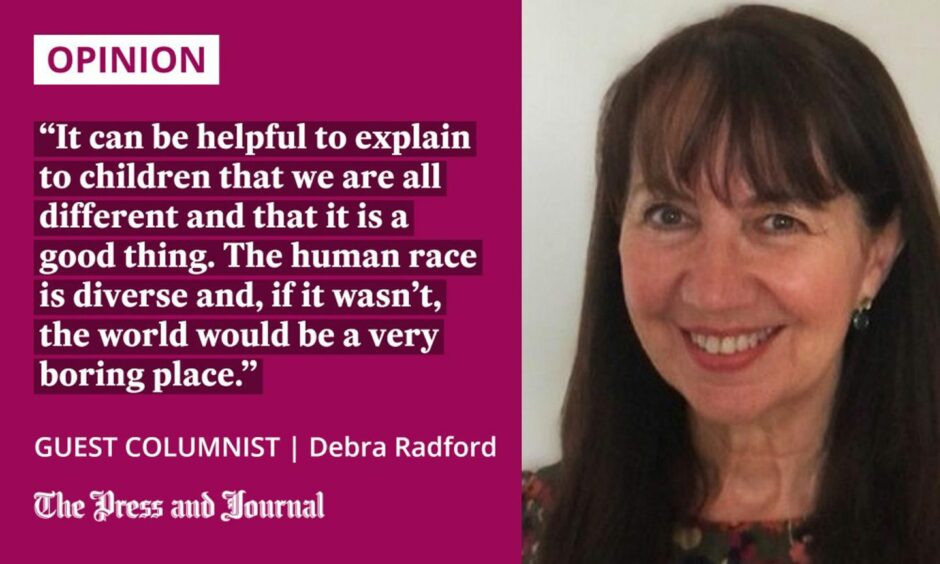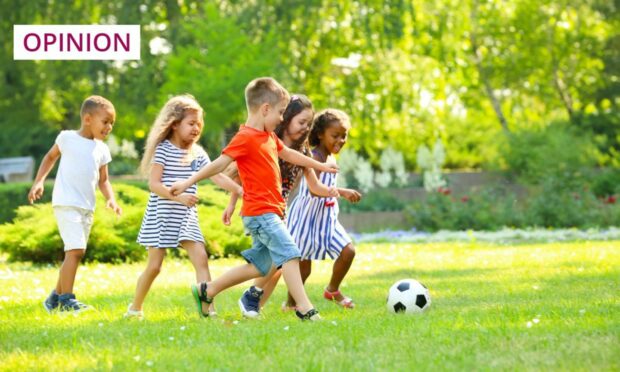Childline counsellors know it can be tough for parents to know how to approach topics like racism with their child.
It’s only natural to want to shield your child, but Black History Month is an opportunity to start important conversations about race and diversity.
While we take time to celebrate the influence and achievements of black people everywhere, we also need to reflect and help young people understand what racism is, and what they can do if they experience it, or if they see it happening.

In 2020/21, Childline delivered 285 counselling sessions where racist bullying, racism or being bullied for spiritual, cultural or religious reasons were mentioned.
When someone is treated differently because of their colour, nationality, ethnicity or citizenship, this is racism. It’s a form of abuse that is distressing for children and young people who witness it, and is considered a hate crime.
That’s why it’s vital to encourage open conversations about race and racism with children and young people, and not just when related events feature in the news. It’s important to talk about this issue early, too, as research shows children can internalise racial bias between the ages of two and four.
Using examples of fairness, how to be kind and accepting others for who they are can help frame the conversation. With older children, let them lead the talk so they feel confident sharing their ideas or experiences with you.
How to talk about race and racism with children
It’s understandable to feel uncomfortable talking about things we may not know much about ourselves, so, if you’re worried about how to answer a question your child has about racism or equality, the best thing to do is learn together. The NSPCC website offers support for parents which can help get you started.
If your child tells you that they’ve experienced racial bullying or abuse, it’s crucial to listen and try to remain calm
Looking at recent news stories, history and other cultures are good conversation starters, and it can be helpful to explain to children that we are all different and that it is a good thing. The human race is diverse and, if it wasn’t, the world would be a very boring place. This encourages conversation, understanding and empathy from children with people who are different to them.
The NSPCC Library has created a reading list for #BlackHistoryMonth. The selection of safeguarding books and resources cover topics including social work and supporting Black and minoritised ethnic families, and racism and creating anti-racist cultures https://t.co/gJ8Kp4Jrcv pic.twitter.com/16FnbW6PWy
— NSPCC Learning (@NSPCCLearning) October 21, 2022
If your child tells you that they’ve experienced racial bullying or abuse, it’s crucial to listen and try to remain calm. It’s natural that this can be distressing for both you and your child, but there are steps you can take to prevent this from happening again.
The NSPCC website has guidance and advice on talking about or dealing with racism, and our Childline counsellors are always here to help and support children too.
Debra Radford is NSPCC assistant director for the north

Conversation